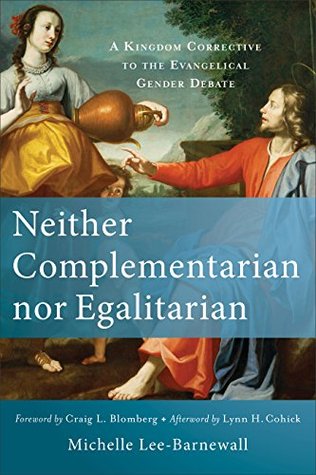Clarke notes that Paul’s body metaphor has both mutuality and hierarchy. All parts are necessary, leading to mutual dependence, while at the same time there is a hierarchy in the ordering of the parts (1 Cor. 12:27–31).11 Both notions are likewise present in the household.12 Thus he asserts, “There is a danger that unity or mutuality be confused with or interpreted as equality.”13 Bengt Holmberg points out that in regard to the leaders of a church and the congregation, there can be a relationship of “mutual, but not symmetric, dependence on each other.”14
Welcome back. Just a moment while we sign you in to your Goodreads account.


